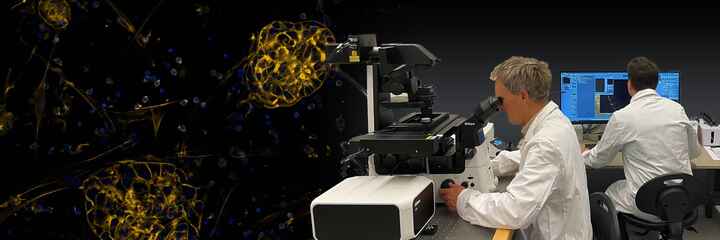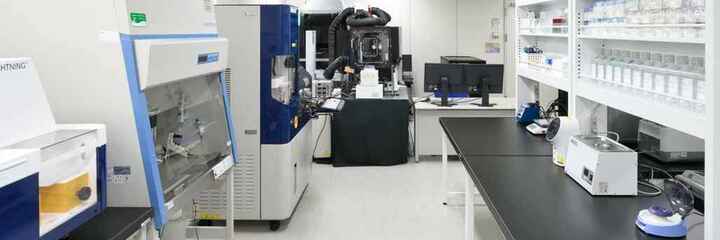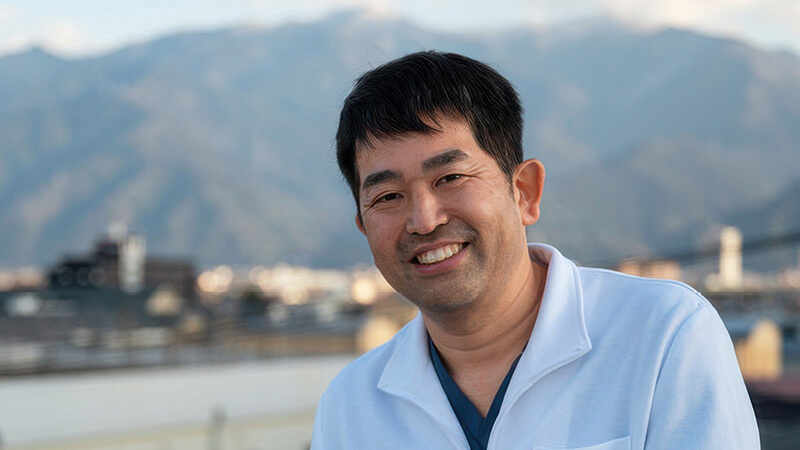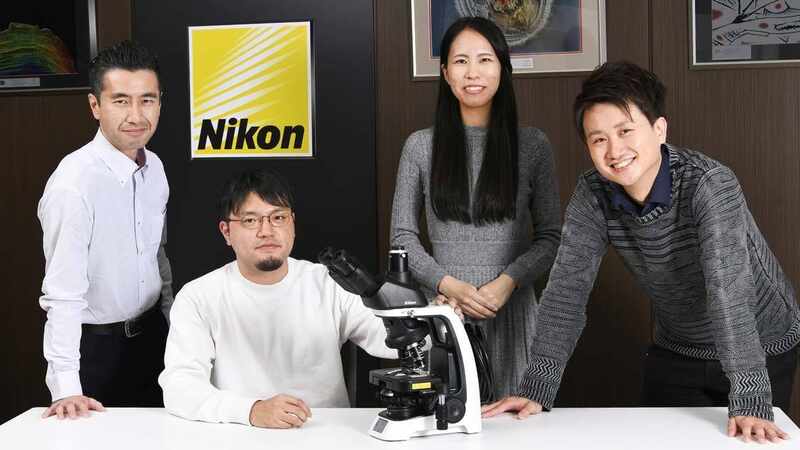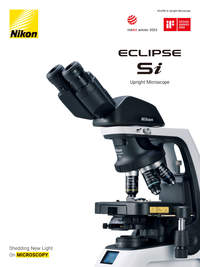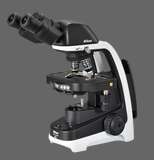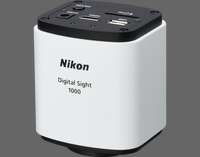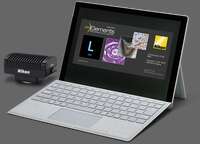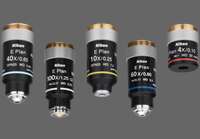Customer Interview
Contributing to the future of ophthalmic care — the ECLIPSE Si
“I chose it because it’s compact in size, easy to operate and provides us with beautiful images.”
The Nikon biological microscope ECLIPSE Si is designed based on ergonomics, pursuing operational efficiency while maintaining natural posture. Ishizuchi Eye Clinic in Niihama City, Ehime Prefecture, Japan has introduced 'direct microscopy examination of eye discharge', a technique which utilizes the ECLIPSE Si for diagnoses of eye diseases such as conjunctivitis. We interviewed Dr. Takashi Suzuki, the director of the Ishizuchi Eye Clinic, about his reasons for choosing this microscope and its usability.
*This page features an interview with a doctor about a Nikon product. This interview does not guarantee the efficacy, effectiveness or performance of the product, nor does it indicate that the doctor endorses, recommends to instruct with, or select the product.




